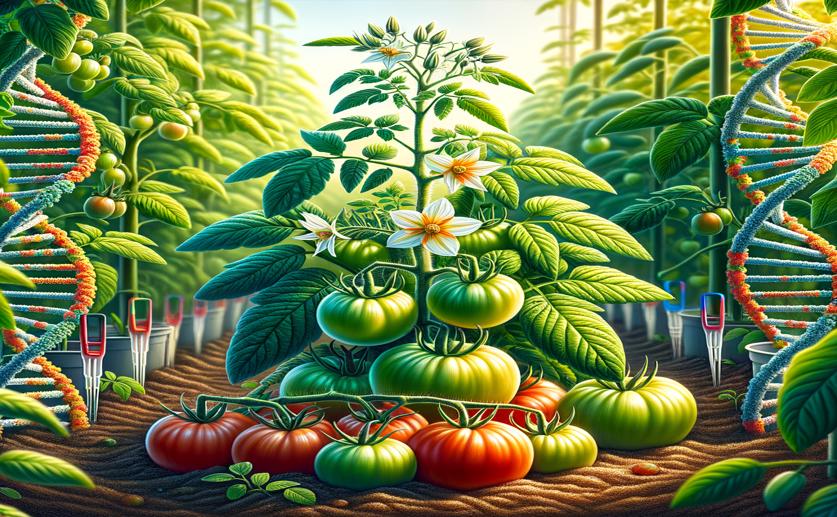
Tomato Fertility Shaped by Crucial Gene
Jenn Hoskins
4th April, 2024

Image Source: Natural Science News, 2024
Key Findings
- In a Fujian study, the SlCRCa gene in tomatoes switches cells to become ovules or carpels
- SlCRCa interacts with SlINO and TAG1 to control SlANT2 levels, affecting ovule development
- Understanding these gene interactions could help increase seed production in crops
References
Main Study
1) SlCRCa is a key D-class gene controlling ovule fate determination in tomato.
Published 1st April, 2024
https://doi.org/10.1111/pbi.14317
Related Studies
2) CRABS CLAW and SPATULA, two Arabidopsis genes that control carpel development in parallel with AGAMOUS.
Journal: Development (Cambridge, England), Issue: Vol 126, Issue 11, Jun 1999
3) CRABS CLAW, a gene that regulates carpel and nectary development in Arabidopsis, encodes a novel protein with zinc finger and helix-loop-helix domains.
Journal: Development (Cambridge, England), Issue: Vol 126, Issue 11, Jun 1999
4) Genetic and molecular interactions between BELL1 and MADS box factors support ovule development in Arabidopsis.
Journal: The Plant cell, Issue: Vol 19, Issue 8, Aug 2007



 12th March, 2024 | Jenn Hoskins
12th March, 2024 | Jenn Hoskins